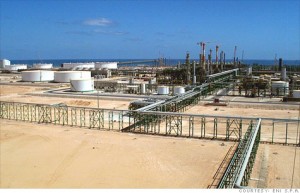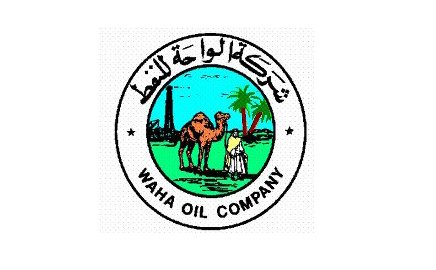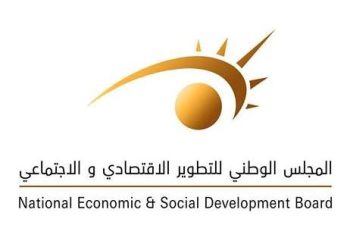Tripoli, 25 September:
The country’s oil production has nearly hit . . .[restrict]its pre-revolution levels of 1.6 million barrels per day (bpd), said Abdulrahman Benyezza, Libya’s Minister of Oil and Gas and Renewable Energies.
Speaking at the Libya Oil and Gas Summit in Tripoli yesterday, Benyezza said: “The challenge is to maintain and increase this production.”
Nuri Berruien, chairman of the National Oil Corporation (NOC), added that ambitious new targets were within reach. “We’re targeting 1.8 million bpd next year but we’re still not quite sure, but it’s a target for us next year,” he said.
Oil experts had predicted that it would take the country two years to restore oil production to its pre-revolution output. However, exceeding worldwide expectations, this has been achieved in just one year.
Berruien praised the contribution made by an almost entirely Libyan workforce, and stressed their importance to the future of the country’s oil production. “About 95% of the work in the Libyan oil sector is carried out by Libyans, so we are well positioned to move the sector forward in the future,” he said.
Berruien said: “Libya still has huge hydrocarbon reserves to be exploited and it will remain an exporter for decades.” He added that while NOC would like more investors in the country, no new exploration and production sharing agreements would be made for at least a year. “We have to come up right now with the right model” Burruien said, “We have to make it attractive to everybody.”
With the ninth-largest proven hydrocarbon resources in the world, the country has set itself the target of producing 2 million bpd by the end of 2015. If recent form can predict future performance, Libya should hit this figure with ease.
At the start of this month of the Ras Lanuf oil refinery was finally restarted. The refinery has the capacity to produce 220,000 bpd. Since it reopened, production reached 190,000 bpd but that figure has dropped to 160,000 bpd while “temporary” technical difficulties are addressed.
[/restrict]







